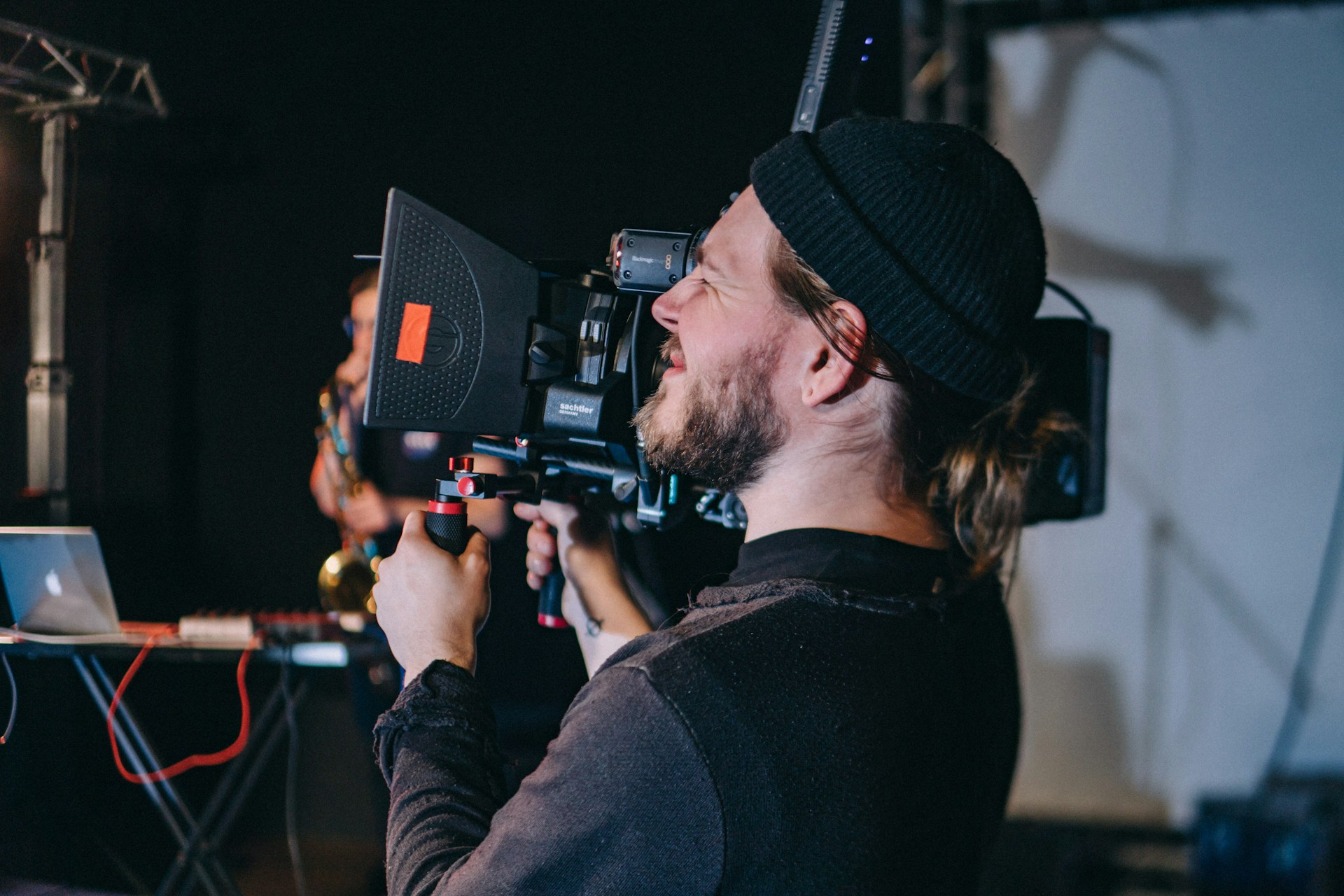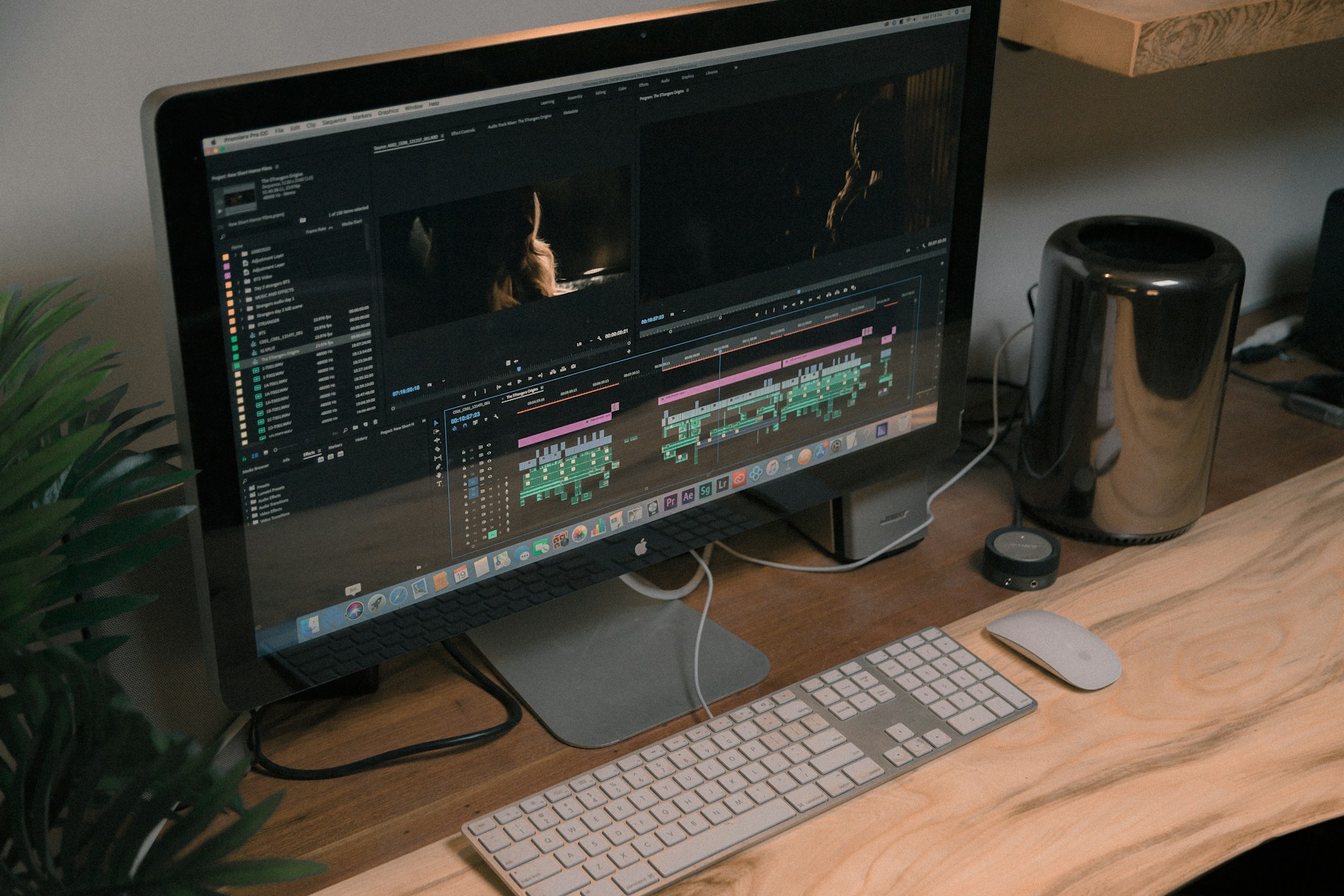Corporate filming has become a vital part of business communications, capturing events, creating promotional videos, and producing internal training films. These visual stories engage audiences more effectively than text alone, helping convey brand messages clearly and memorably. Yet, despite the growing demand, the process involves various challenges that can disrupt even the best-planned shoots. Understanding these hurdles and how to navigate them is essential for anyone involved in corporate film production.
Common problems often surface during corporate filming, mainly stemming from technical issues or miscommunication. Equipment malfunctions, inadequate lighting, and sound problems are frequent offenders that can turn a well-planned shoot into a logistical nightmare. Added to these are organisational issues, like poorly communicated plans or lacking coordination among crew members. By identifying these root causes, teams can prepare better and ensure smoother production, paving the way for a successful filming experience.
Identifying the Root Cause of Common Filming Issues
Understanding the core of filming problems starts with recognising the typical issues encountered on set. Equipment failures top the list, with technical hiccups ranging from malfunctioning cameras to faulty microphones. Such problems often arise from insufficient checks before the shoot or a lack of backups ready to step in when something goes wrong. Poor preparation leads to oversights in technical requirements, and that’s a quick way to end up in a situation where nothing works as planned.
Lack of preparation isn’t limited to equipment. It also extends to the planning stage itself. Inadequate project management can lead to unclear roles, leading to each member of the crew working aimlessly or leaving key responsibilities unattended. When the entire team is not on the same page, the production risks spiralling out of control. If certain roles or steps are under-addressed, it’s like building a house without a solid foundation—everything else becomes shaky and uncertain.
Taking steps to understand these problems is crucial in addressing them. It could be as simple as conducting thorough equipment tests before filming, ensuring all devices are charged and functioning properly, or running through the shoot schedule with the team to ensure everyone understands their role. Prevention often lies in careful planning, attention to detail, and effective communication. Here’s a quick list to consider:
– Conduct regular equipment tests and maintenance.
– Ensure a detailed and clear production plan is shared with all team members.
– Establish clear communication channels for addressing issues quickly.
– Designate roles and responsibilities prior to the filming day.
When these areas are addressed proactively, the path becomes clearer, setting the stage for a more seamless and effective filming process.
Technical Difficulties and How to Overcome Them
Technical issues are a common thorn in the side of corporate filming. Poor lighting can cast unexpected shadows, or the wrong sound setup might capture more echoes than you’d like. These are just a couple of examples where simple adjustments can make a huge difference. One practical step is investing in good-quality lighting equipment. Proper lighting, whether using softboxes or ring lights, helps ensure everything looks professional on camera. Similarly, setting up sound barriers can drastically improve the audio, making voices sound clear and crisp. Always having backup equipment on hand, like spare microphones and batteries, can save the day if something fails unexpectedly.
Having professionals manage these technical elements ensures smooth operations. Experienced hands know how to tackle issues as they arise, ensuring fewer hiccups and smoother production.
Strategies for Effective Team Coordination
Good team coordination lies at the heart of successful filming. Every member should know their role and the plan for the day. Having a solid plan laid out in advance, with clearly defined tasks, avoids confusion on set. It’s helpful to hold a briefing session before shooting begins, where each person can ask questions and clarify responsibilities. This session sets expectations, ensuring everyone works towards the same goal.
Encouraging open communication throughout the process keeps everyone aligned and aware of any changes or updates. This becomes even more effective when there’s a single point of contact for all queries, which streamlines communication and makes coordination more efficient. Here’s a quick checklist to foster effective team coordination:
– Hold pre-shoot briefings to discuss the day’s objectives.
– Designate a single point of contact for all communication.
– Use shared digital tools to update schedules and task lists.
– Encourage open dialogue for feedback and adjustments.
Ensuring High-Quality Content
The secret to high-quality corporate films often lies in the preparation stage. Pre-production planning, like scripting and storyboarding, sets the foundation. This ensures everyone knows what shots are needed and how they fit into the overall narrative. A detailed storyboard keeps the project aligned with its goals and helps maintain focus during filming, minimising the risk of overlooked content.
During shooting, attention to detail is key. This means continuously monitoring the quality of footage and sound. Checking work regularly during filming helps catch mistakes early, making post-production smoother. In post-production, meticulous editing and sound mixing polish the film, creating a coherent and engaging final product.
Creative Solutions for Budget Constraints
Filming can often seem like a strain on finances, but creativity can stretch a budget further than one might think. Repurposing existing resources, like using office spaces as filming locations, is a great start. Simple DIY backgrounds can serve as cost-effective solutions to create a professional look without expensive sets. Hiring equipment only as needed rather than purchasing, allows projects to make use of the latest technology without the overheads of ownership.
Saving on production costs shouldn’t mean compromising on quality. Clever planning and budgeting keep standards high while ensuring you don’t overspend. Always remember, working smarter with resources can deliver impressive results without breaking the bank.
Wrapping Up: Elevate Your Corporate Filming Game
Tackling corporate filming challenges effectively requires understanding common problems and planning strategically to overcome them. By addressing technical difficulties, coordinating your team well, and ensuring high-quality content through thoughtful preparation, corporate filming runs more smoothly.
Taking these steps makes corporate filming less daunting and leads to standout films that convey the intended message clearly and engagingly. Looking at your company’s needs and challenges holistically ensures the final product serves its purpose, whether for training, advertising, or internal communications.
Discover how you can enhance your corporate filming projects with expert guidance. Visit On Air for comprehensive solutions tailored to your production needs, ensuring your content not only meets expectations but excels beyond it. Professional support makes all the difference. Find out more about how we can assist your filming needs by exploring our insights on corporate filming.






